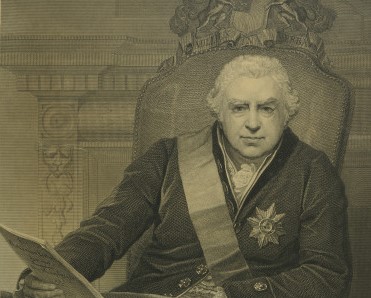Horse Chestnuts were recently voted Britain’s favourite tree in a poll organised by the Royal Society of Biology. Around Windsor and Eton, Horse Chestnut trees are a major feature of the local landscape. They dominate the Slough Road approach to Eton alongside Agar’s Plough and are a key feature of Weston’s Yard, with conkers strewn across the footways in the autumn. Horse Chestnuts famously line much of the 4km Long Walk in Windsor Great Park.

Photocredit: Rafał Konieczny, Public Domain, Attribution 3.0 Unported Creative Commons Licence
Unfortunately, Horse Chestnuts are being ravaged by a disease called Bleeding Canker. Just after the millennium, the disease became rampant and by 2007 some 50% of Horse Chestnuts in the UK were affected by a bacterium called Pseudomonas. The Forestry Commission estimates that 35,000 to 50,000 trees are affected countrywide. Interestingly, Pseudomonas comes originally from the Himalayas and is another example, like the Corona virus, of a disease which has jumped from infecting one species (Himalayan Chestnut) to another and then spread around the world. The bacteria multiply within the tubes that carry nutrients up and down the trunk (the phloem) which lie just under the bark, eventually blocking them. This causes the tree to die because it can no longer take up water. Another sign of the disease is dark reddish-brown sticky liquid oozing from cracks in the bark, marking where the infections occur. In dry weather, this dries out to form a rusty-brown or black deposit. Some infections last for years with little effect on the crown, but in other cases it can spread rapidly and can cause the crown to die back and the leaves to turn prematurely brown and drop very early on. Why some Chestnuts are resistant to the infection is not fully understood.
To add insult to injury, UK Horse Chestnut trees have also been seriously threatened by an outbreak of a leaf mining insect. These turn out to be the larvae of a tiny moth (about 5mm long) called Cameraria ohridella. The moth seems to have originated in south-eastern Europe and arrived in UK in 2000: the first outbreak was noticed in Wimbledon in 2002. The moth larva lives in a structure called a mine within the leaf, eating the photosynthetic tissue and weakening the tree, making it even more susceptible to Bacterial Canker. The moth can go through three or four generations in a year and so by the autumn the trees can become covered with the tell-tale unsightly papery brown patches which are characteristic of the disease. With up to 700 mines in a single leaf the effect can be very disfiguring. This is a serious problem given that horse chestnuts are almost exclusively planted for their ornamental value.
Diseases and parasites that spread around the world are very much the result of the global, interconnected world in which we live. The recent Coronavirus outbreak reminds us that such events can be utterly devastating. This is why we need to monitor the living world around us and develop our understanding of the natural world.
George Fussey
Curator



